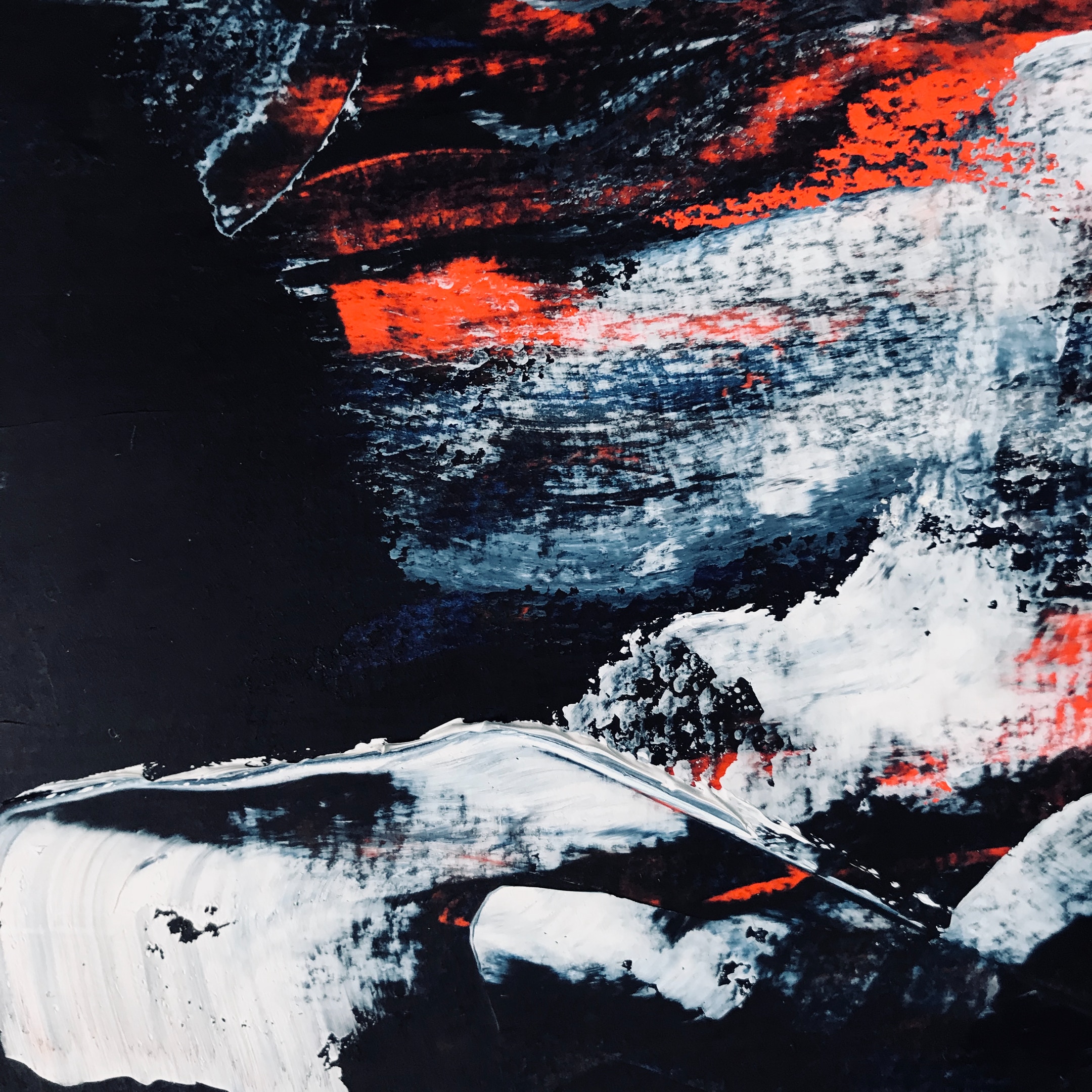Blog

All too many people go to a museum to appreciate masterfully produced oil paintings on canvas and come away with the wrong impression. People think “there is no way that I can create oil on canvas paintings.”
Since legendary artists have created legendary oil paintings, an entire mythology has grown up around a common theme. That myth is that oil paint offers more effort and inconvenience than beginning artists can overcome.
We should not allow these misconceptions to frighten us away from using oil on canvas to create rich and deep colors and styles in our art! Collectors of great oil paintings also need to learn more to understand how to protect their valued treasures.
Below, take a look at 4 other myths that often surround oil on canvas. The more you know, the better you can understand this amazing painting medium.
1. Oil Paintings Last Forever
First, some advice for the collectors more than the artists. Oil paintings can age poorly, developing blisters and blemishes over time. The villain of the piece, metal carboxylate soaps formed by long term chemical reactions between the paint and its medium.
Perhaps up to 70 percent of oil paintings worldwide may see the thinning of color or rise of blisters and other discolorations.
While those who enjoy creating art themselves may never live to see the day that their own paintings suffer degradation, collectors should educate themselves about this problem that can affect their investment.
2. Oils Are Unpleasant and Even Toxic to Us
Let’s next address the issue of toxicity. More people have worked to make themselves aware of toxins in the air, water, and other parts of the environment. Pregnant women especially have reason to fear the effect of contaminants on their unborn children.
In truth, most oil paints contain simply pigments and oil. Even those that contain lead-white, cadmium, or cobalt can only enter and affect the body if the person is trying to breathe in particles or actually eats the paint. Like saccharine, you actually have to ingest an extraordinary amount to cause any long or short term ill effects.
People also stay away from oil paints due to false perceptions about how they smell and that they are difficult to use. Oil paints have no smell themselves. Most people mistakenly confuse the smell of turpentine, a common solvent with less odoriferous alternatives, with the paint itself.
3. Myths About Water Soluble Oil Paints
A few purists believe that water soluble paints are not real oil paints, but the industry itself disagrees. Water soluble means that the artist can use their tap to clean brushes and other materials, as opposed to turpentine, mineral spirits, or other cleaners. This renders them somewhat easier to use, although other oil paints are not that much more inconvenient.
Also, contrary to popular belief, you can mix water soluble and other oil paints. But this is true only if you remember to not introduce water in any way once mixed. It will not work evenly with normal oil paints and will have an adverse effect on your final product!
4. Never Use Black
Again, purists have endeavored to make oil painting much more difficult than necessary by preaching against using black paint. They will argue that black, as well as its different shades and tones, should come from a combination of colors instead of its own. Using black paint by itself or in combination with other colors will not hurt your painting.
Just because Leonardo da Vinci and Georgia O’Keefe created amazing work with oils does not mean that we cannot make our own masterpieces in our own home. Oil paint is a tool that anyone can and should use to express their creative minds and have fun doing so.